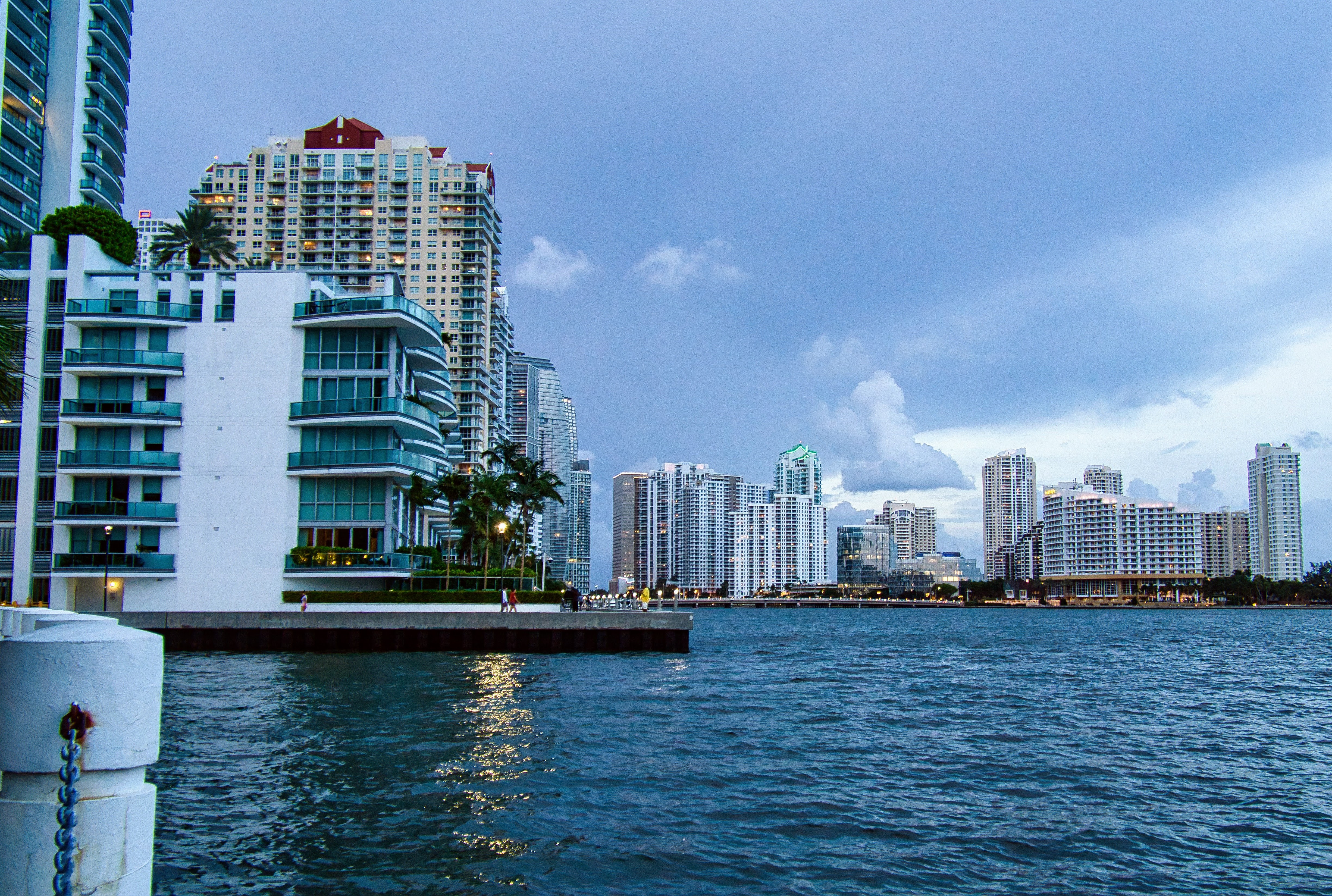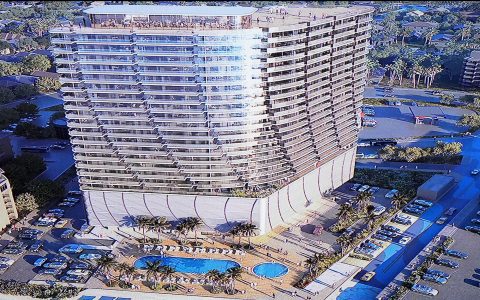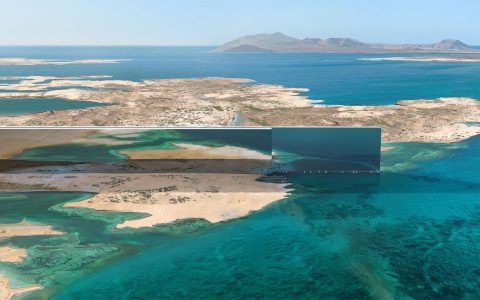The rapid rise of skyscrapers along Miami's coastline sparks intense debate regarding their scale and impact on the environment and livability.
The Construction Boom
Miami, particularly in areas like Brickell and Edgewater, is experiencing a significant surge in the construction of luxury high-rises, many exceeding 50 stories. Driven by high demand for waterfront properties and significant investment, these buildings continually push height boundaries previously set by zoning regulations.
Potential Impact on Beaches
- Shading & Water Quality: Dense clusters of tall buildings cast long shadows, particularly during winter months. Extended shade reduces sunlight exposure on beaches and adjacent waters, potentially lowering water temperatures and affecting UV radiation's natural disinfection of coastal waters.
- Wind Tunnel Effect: Tall buildings channel wind downward, creating localized areas of significantly increased wind speed at street and beach level. This can alter sand deposition patterns, increase erosion, and make beachgoing less pleasant.
- Visual Impact: The growing wall of towers fundamentally alters the previously open, expansive views and character of the coastline, raising concerns about the loss of Miami's iconic beach aesthetic.
Impact on Residents
- Traffic & Infrastructure Strain: High-density developments bring thousands of new residents and visitors, overwhelming existing road networks, public transportation, water systems, and sewage infrastructure not initially designed for such capacity.
- Sunlight Deprivation & Privacy: Lower-rise buildings and public spaces near these towers experience reduced sunlight and potential loss of privacy due to overlooking from above.
- Gentrification & Affordability: Luxury high-rises contribute to rising land values and property taxes, accelerating gentrification and displacing long-time lower-income residents unable to afford the escalating costs of living.
- Emergency Evacuation: Evacuating such tall buildings during hurricanes or other emergencies is complex and time-consuming, adding significant challenges to disaster preparedness.
Regulations and Balancing Growth
While strict coastal building regulations and setbacks exist in Florida, critics argue that variances and interpretations often favor development. Balancing the economic benefits of luxury high-rises – significant tax revenue, job creation, global prestige – against the environmental and societal costs remains contentious. Ongoing debates focus on updating zoning codes, strengthening environmental impact assessments considering cumulative effects, and ensuring adequate infrastructure investment accompanies new development.

Ultimately, the question isn't solely about height limits, but about managing density, environmental sustainability, infrastructure resilience, and preserving the quality of life that makes Miami desirable. Careful urban planning prioritizing long-term community well-being over short-term gains is crucial.







